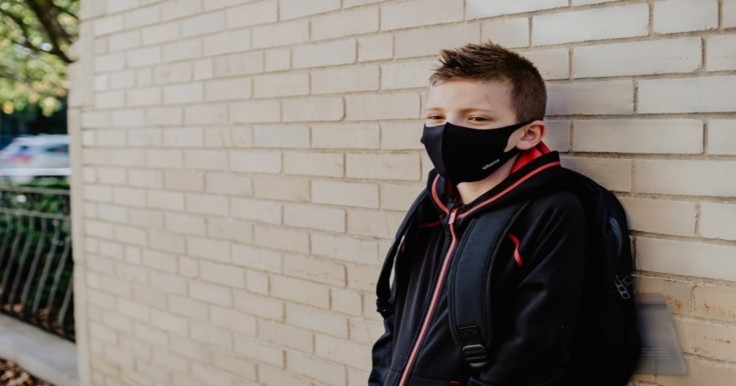
It can cause quite the panic when one coughs nearby, what with the COVID-19 pandemic going on. While adults can try to intercept a cough, kids cannot help but cough when they know they need to. But, not every cough should raise the alarm.
Coughs are Common Among Children
Pre-pandemic, a cough could mean over 100 distinct infectious diseases, Healio explained. But now, it would seem that cough cannot be shrugged off as a common cold, whooping cough, or tuberculosis.
However, The Royal Children's Hospital explained that a cough is a widespread problem among children, as common as 6 to 12 respiratory tract infections caused by different viruses every year.
Coughs are the most common symptom of a respiratory tract infection. Even antibiotics may be no help for a cough caused by viruses, even with a post-viral cough.
ALSO READ : 5 Natural Cough Remedies to Help You Feel Better
Different Types of Cough in Kids
Not all types of coughs are serious, Rising Sun Chatsworth revealed. Typically, the lungs are lined with mucus, and too much mucus can cause cough. Allergens and viruses can also trigger a cough. The differences in cough are:
- A loose, productive cough accompanied by a runny nose or vomiting mucus
- A dry cough heard while breathing, little to no mucus, and a very nasally voice
- Tight cough characterized by the child's chest caving when coughing, sounds painful
- Irritation cough due to the constant clearing of the throat
- Painful coughing in spasms, most likely due to croup, bronchitis, or chest infection
ALSO READ : Should Parents Be Alarmed? Here Are the Coronavirus Symptoms in Children [Experts Reveal]
Reasons for Coughing (Besides COVID-19)
It is vital not to forget that there are many reasons why kids can cough. It is not instantly a symptom of COVID 19. Here are some:
- Excess production of mucus in the lining of the airways can cause cough. This happens when the body needs to remove allergens, an irritant, or bacterial or viral growth.
- Dairy and grain products, food with preservatives, flavor enhancers, and colorant can all trigger excess mucus production.
- Oral ingestion or inhalation of allergens like pollen, dust mites, and pet hair can trigger an allergic cough.
- Dry, cold, and humid climate conditions can trigger chronic coughing in some children.
- Being cared for alongside other kids prone to chronic coughs can trigger cough in the other kids.
- Smoking in the child's environment can also trigger a chronic cough. Nicotine remains in the respiratory system and is exhaled in close contact with the child.
- Conditions like asthma, flu, whooping cough, croup, and bronchitis which require specific treatment and lifestyle changes, can also be evident with cough as a symptom.
Dry Cough from COVID-19
Family medicine physician David Cutler, M.D., revealed that there are no specific medical criteria classifying wet cough and dry cough. As such, a cough can be open to interpretation. Generally, a dry cough is characterized by coughing without phlegm or mucus.
When the cough is accompanied by phlegm, it is most likely a wet cough. A dry cough can feel like a tickle, irritated and accompanied by tightness in the chest.
A dry cough can be caused by allergens and other irritants, as well as smoking, asthma, and postnasal drip. Parents should be worried when dry cough in kids is accompanied by persistent chest pain or pressure, blue lips, trouble breathing, and cannot stay awake, Prevention revealed.
Doctors can diagnose if the cough is a sign of other viruses or infections. COVID-19 symptoms include fatigue, fever, headache, muscle ache, the new loss of smell or taste, diarrhea, nausea, or vomiting.